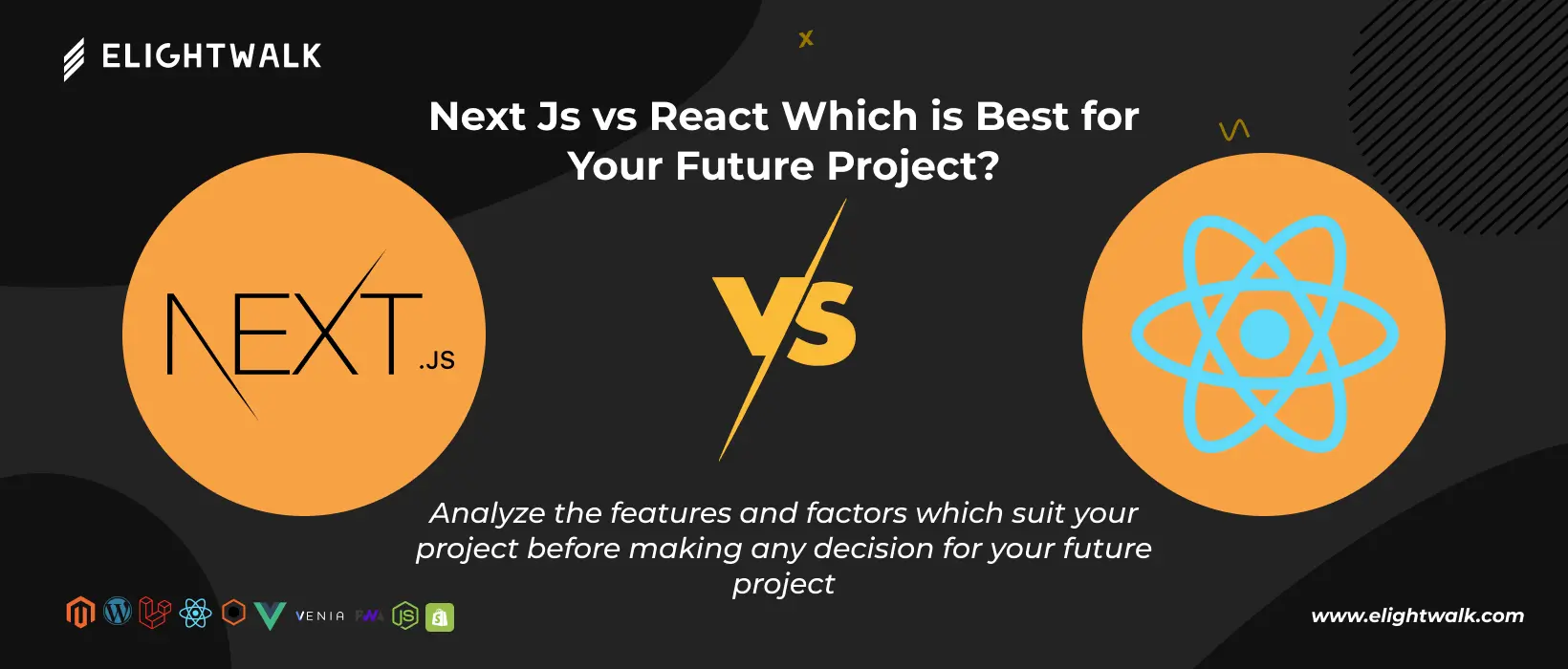1. Built-In Routing: React does not give a GOP descendant single closest routing explanation, which means that developers have to look for third-party libraries like React Router. However, Next Js comes with a default routing system that functions automatically and is easily set up. By generating routes according to the file structure, it manages the task of routing automatically and thus saves time and diminishes the need for manual setting.
2. Server-Side Rendering (SSR): React is a library that runs on the client-side, meaning the UI is delivered to the user by the browser. This could be a problem because the user's experience will be that their site is slower to load, which is not good for SEO. Next Js also solves this issue by enabling server-side rendering (SSR) by default, i.e. the HTML is prepared on the server as well as on the client at the same time. Thus the speed on loading is gained and the SEO is improved, because the search engines can index the full pages.
3. Static Site Generation (SSG): Next Js can use static site generation which accomplishes the pre-rendering and caching of the web pages to get better loading speed. This is best suited for the sites with the static content to improve the performance and relieve the web servers. On the other hand, React with its default layout cannot achieve this, but it needs the use of extra configurations.
4. Fullstack Capabilities: Next Js is a front-end development framework that is very versatile in that it allows one to develop both client and server-side parts together with it. The made-in API routes enable to add backend functionalities easily without the use of separate server to one. This by and large makes Next Js a better solution for front-end and back-end developmental purposes.
The Next Js framework, due to its quick static site generation and server-side rendering capabilities, is the best option for building JAMstack applications. Since it adheres well to the architecture’s goals of a quick, secure, and scalable web app, the ability of Next Js to handle the static site generation is compatible with the architecture.



